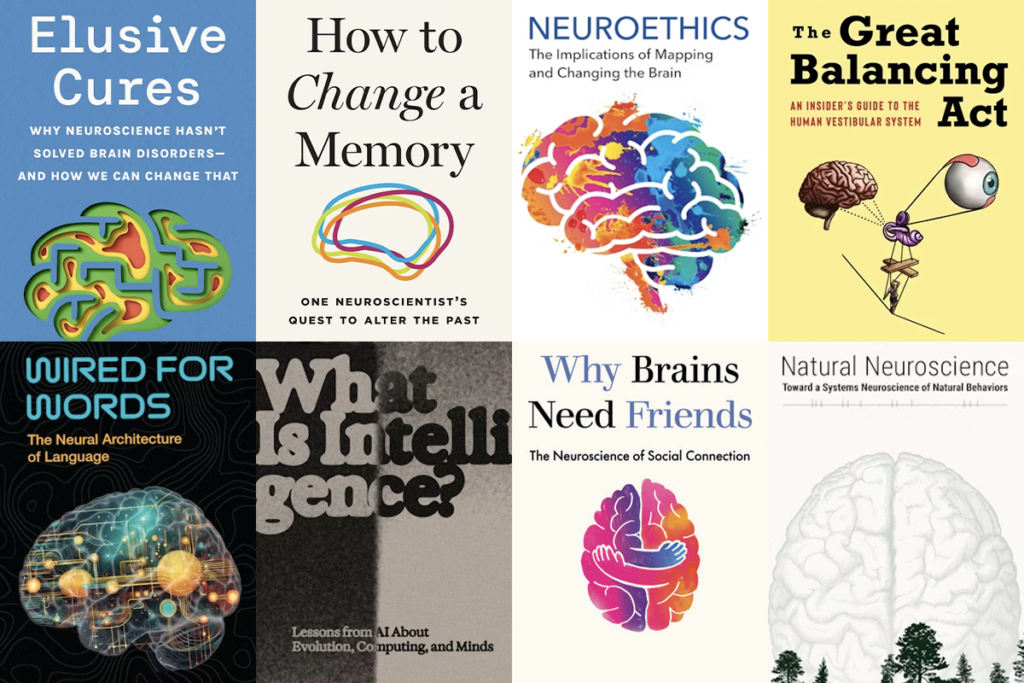Francisco J. Rivera Rosario edits scientist-written essays and develops new resources for the community. He also writes The Transmitter Launch, a monthly newsletter for early-career researchers. Before joining The Transmitter, he spent his career in science communications and health writing, including time working as an editor for a science communications agency and freelancing for TED Conferences and Health. Prior to moving into science communication, Francisco worked in a research lab, studying the genetic basis of rare forms of autism.

Francisco J. Rivera Rosario
Associate editor, opinion and community
The Transmitter
From this contributor

The Transmitter ’s Rising Stars of Neuroscience 2025

The Transmitter’s New Lab Directory

The buzziest neuroscience papers of 2023, 2024

One year of FlyWire: How the resource is redefining Drosophila research

The Transmitter’s reading list: Six upcoming neuroscience books, plus notable titles in 2025
Education
- M.S. in biomedical sciences, Albert Einstein College of Medicine
- M.S. in molecular biotechnology, Interamerican University of Puerto Rico
- B.S. in natural sciences, University of Puerto Rico, Cayey
Explore more from The Transmitter
Hessameddin Akhlaghpour outlines how RNA may implement universal computation
Could the brain’s computational abilities extend beyond neural networks to molecular mechanisms? Akhlaghpour describes how natural universal computation may have evolved via RNA mechanisms.
Hessameddin Akhlaghpour outlines how RNA may implement universal computation
Could the brain’s computational abilities extend beyond neural networks to molecular mechanisms? Akhlaghpour describes how natural universal computation may have evolved via RNA mechanisms.
Immune cell interlopers breach—and repair—brain barrier in mice
The choroid plexus, the protective network of blood vessels and epithelial cells that line the brain’s ventricles, recruits neutrophils and macrophages during inflammation, a new study shows.

Immune cell interlopers breach—and repair—brain barrier in mice
The choroid plexus, the protective network of blood vessels and epithelial cells that line the brain’s ventricles, recruits neutrophils and macrophages during inflammation, a new study shows.
Grace Hwang and Joe Monaco discuss the future of NeuroAI
Hwang and Monaco organized a recent workshop to hear from leaders in the field about how best to integrate NeuroAI research into the BRAIN Initiative.
Grace Hwang and Joe Monaco discuss the future of NeuroAI
Hwang and Monaco organized a recent workshop to hear from leaders in the field about how best to integrate NeuroAI research into the BRAIN Initiative.